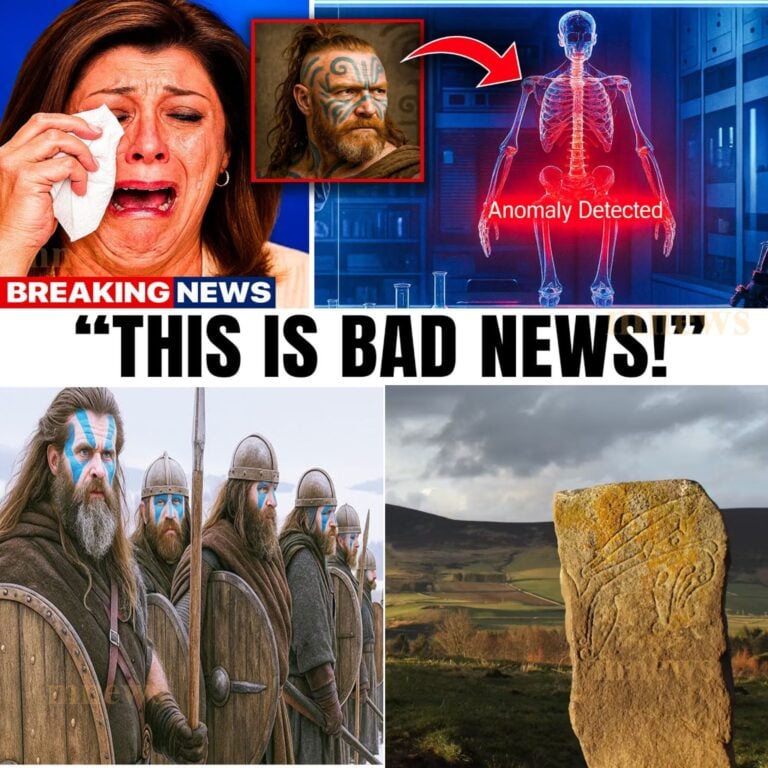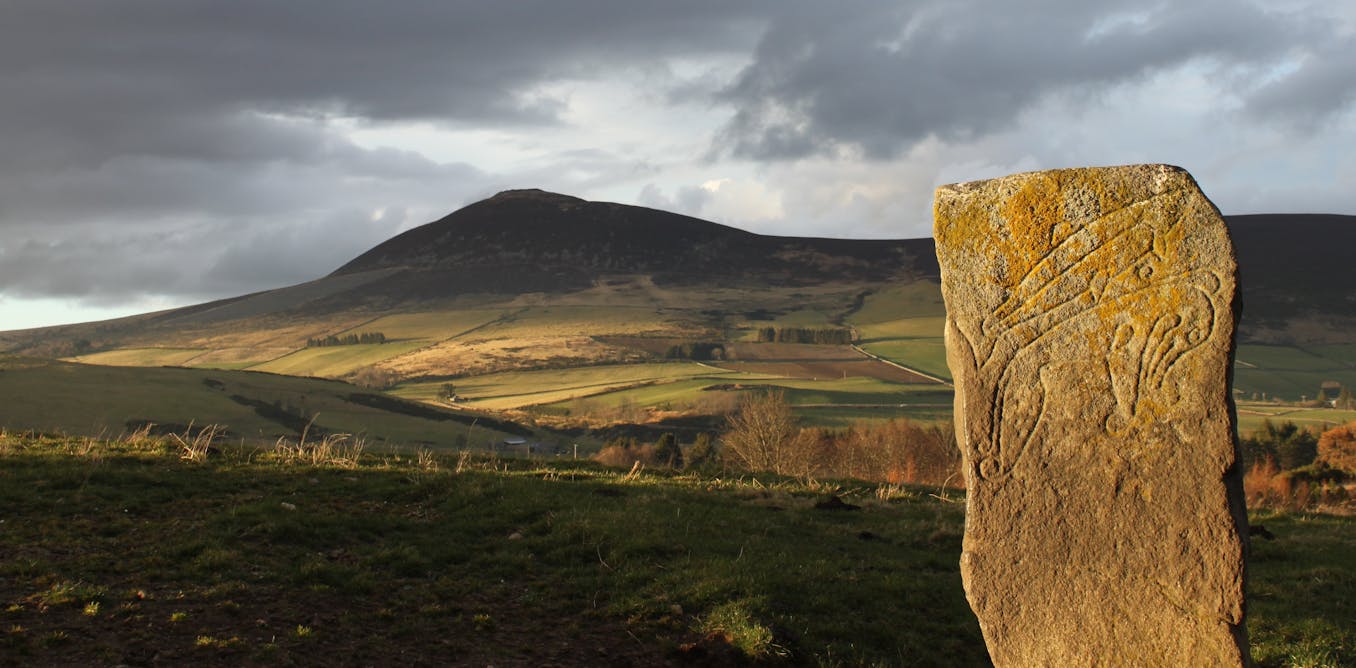What began as a quiet archaeological study has erupted into a revelation that could rewrite the genetic history of Britain — and shake the foundations of Scottish identity itself.

In a stunning and controversial breakthrough, scientists from Liverpool John Moores University and the University of Aberdeen have uncovered genetic evidence suggesting that the mysterious Picts — Scotland’s shadowy ancient tribe — never vanished at all. Instead, their blood may still run through the veins of thousands of modern Scots.
But what the researchers didn’t expect was what they’re calling “the anomaly.” During a routine DNA sequencing of remains unearthed from two Pictish burial sites in the Highlands, one sample revealed genetic markers unseen in any other known European lineage. These markers — tied to an unidentified haplogroup — hint at a population that predates known British settlement, suggesting that the Picts may have descended from a civilization even older than Stonehenge.
One scientist, speaking under condition of anonymity, admitted:

“We thought we were studying a tribe. What we found may be something far more ancient — almost… alien to the rest of Britain’s genetic history.”
Adding to the mystery, the same DNA strand was reportedly found in isolated coastal communities in the far north of Scotland — places where folklore speaks of “the painted ones” who never died, but retreated beneath the hills and seas. Some locals, upon hearing the results, claim this discovery confirms what their ancestors always whispered: “The Picts are still among us.”
Equally shocking is a secondary finding: genetic data suggesting deliberate interbreeding between Pictish nobles and outsiders — possibly Norse or Celtic bloodlines — as part of an ancient pact to preserve their power. In one excavation site, a carved stone bearing spiral symbols was found beside a double burial — a man and a woman with entirely different genetic origins. The female’s DNA traced to early Irish clans, supporting theories of strategic female exchange, yet the male’s lineage remains unmatched anywhere on record.

Historians now speculate this could point to a royal bloodline hidden in plain sight, passed quietly through generations under different surnames — perhaps even into the present day.
Dr. Elspeth McRae, one of the study’s lead archaeogeneticists, called the revelation “the closest we’ve come to touching Scotland’s prehistoric soul.” But behind closed doors, other experts are less poetic — warning that the findings could ignite a cultural and political firestorm.
“If these results are accurate,” one senior academic cautioned, “we’re not just talking about rediscovering the Picts. We’re talking about uncovering a forgotten origin of Scotland — one that challenges everything we think we know about who truly belongs to this land.”
Now, as questions swirl about missing samples, mysterious funding sources, and an abrupt halt to further excavation, the truth behind the Picts feels closer — and more dangerous — than ever.





